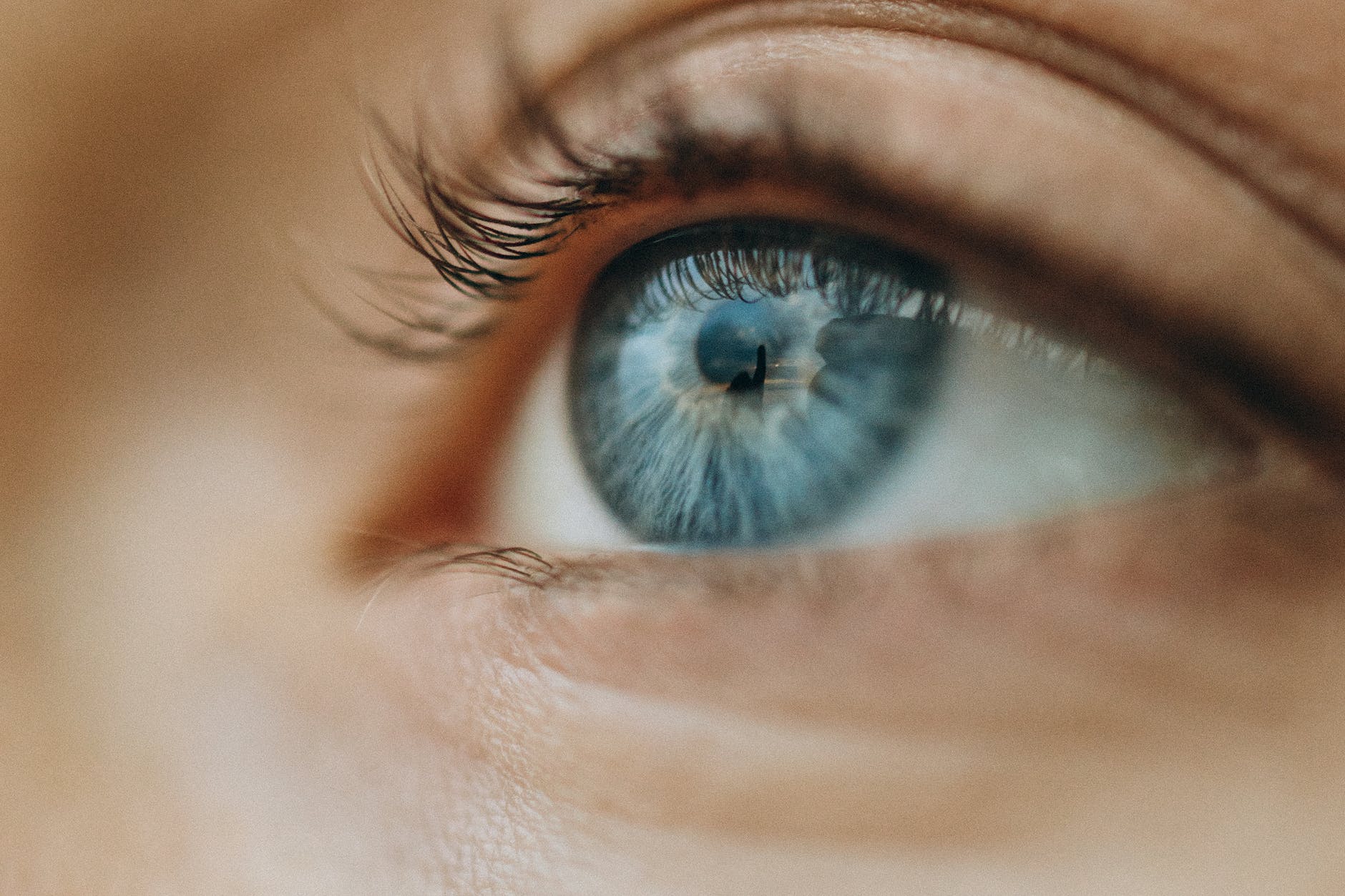
symptoms of IOP
In the regular eye exam, the doctor always checks the intraocular pressure. The pressure that is present in the eyes. It will give an essential picture of eye health and show signs of optic nerve damage affecting sight. People can find eyes that are filled with fluid to keep them inflated like a ball. The normal in the eyes changes during the day and then differs from person to person. The liquids are free for holding eye pressure steady, though. The average pressure in the eyes will change during the day and differ from person to person. Healthy eyes are the fluids that will freely keep eye pressure steady.
In ocular hypertension, the pressure inside the eye is higher than average. Eye pressure is measured in millimeters of mercury. Normal eye pressure ranges from 10 to 21 mmHg. Ocular hypertension is an eye pressure that is present higher than average. In the iop cincinnati, Ohio, it will help for having a good life for the person.
At two or more office visits, an intraocular pressure greater than 21 mmHg in one or both eyes. The optic nerve appears normal, though. No signs of glaucoma are seen on visual field testing, a test for assessing peripheral vision. No signs of any eye disease were seen.
Ocular hypertension causes
An imbalance in the production and drainage of fluid causes high pressure inside the eye. The channels that are more than average drain the fluid from inside the watch and will not function correctly. More fluids that are being made from that will not drain. The result is increased fluid inside the eye, which will raise the pressure. Another way of thinking is the high pressure inside the look for imagining the water balloon. The more water used for putting the balloon, the higher the pressure inside the balloon. The same situation exists in the fluid inside the eye. The more fluid, the higher the pressure. It is like the water balloons that will burst if too much water is put in it. The optic nerve, that is, the eye, will damaged by too high of pressure. The iop Cincinnati, Ohio, will help to come out from issues.
People with very thick but normal corneas have eye pressures measuring at the high levels of average or even a little bit higher. The stress that comes as lower and routine, the thick that causes a false reading during measurements, though.
Ocular Hypertension Symptoms
Most people who deal with ocular hypertension don’t have any symptoms. For these reasons, a regular eye examination with an eye doctor is crucial to rule out any damage to the optic nerve from pressure.
Exams and tests
An eye doctor will perform different tests for measuring intraocular pressure and rule out the early primary open angle glaucoma or secondary cause of glaucoma. The doctor checks the visual acuity, which refers to how well the person can see the object, by having you read the letters from across a room by an eye chart.
The front of the eyes, including the cornea, anterior chamber, iris, and lens, are examined using the special microscope for slit lamp. The doctor will measure the eye pressure using a test called tonometry. Measurements that are taken for both eyes on two or three occasions. The intraocular pressure will vary from hour to hour; measurements will taken at different times of the day. A difference in pressure between eyes of 3 mmHg or more suggests glaucoma. In the early primary open-angle, glaucoma that is likely for intraocular pressure is steadily increasing.
Each optic nerve is examined for damage or abnormalities. It is required for dilation of pupils. The picture of the optical disk is also taken for future reference and comparison. A ganioscopy is performed to check the drainage angle for an eye. A unique contact lens is placed on the eye, though. The test is essential to determine whether slopes are open, narrowed, or closed. To rule out the other conditions that will cause elevated intraocular pressure. The visual field helps in check of peripheral vision. The test is done to rule out the visual field defect due to glaucoma.






